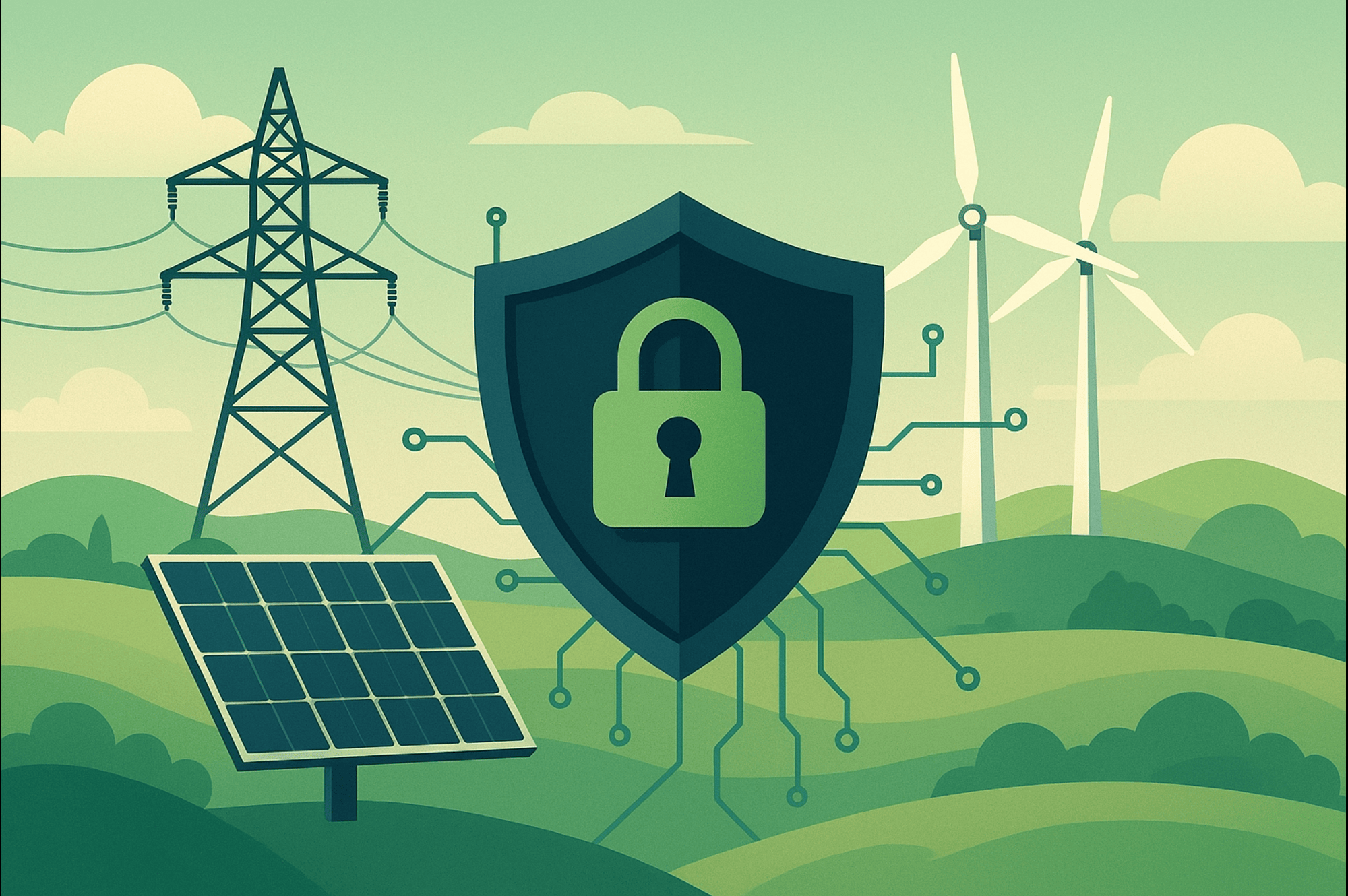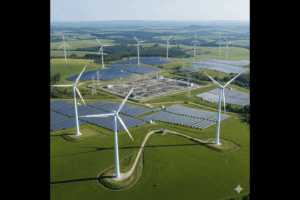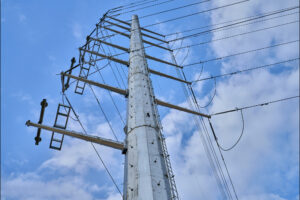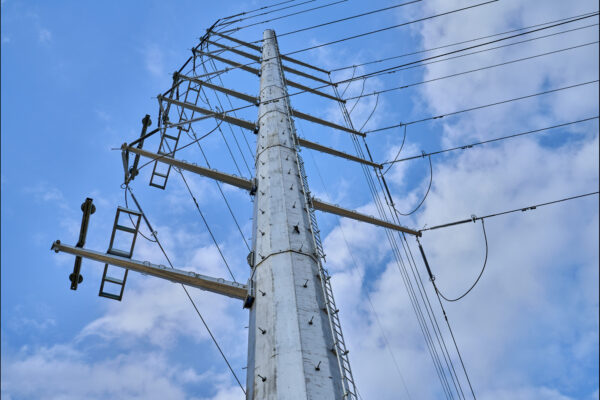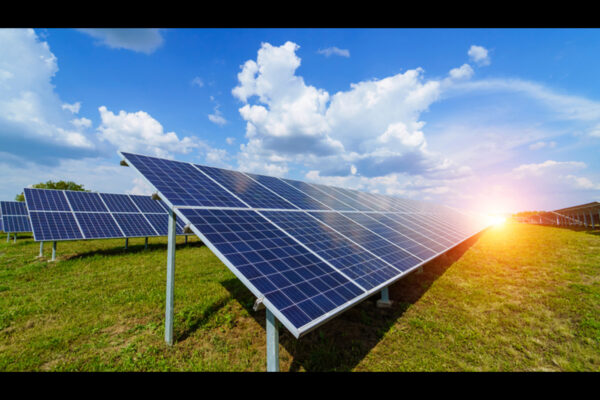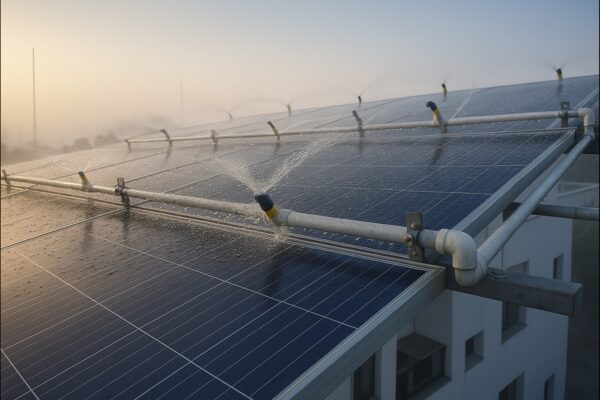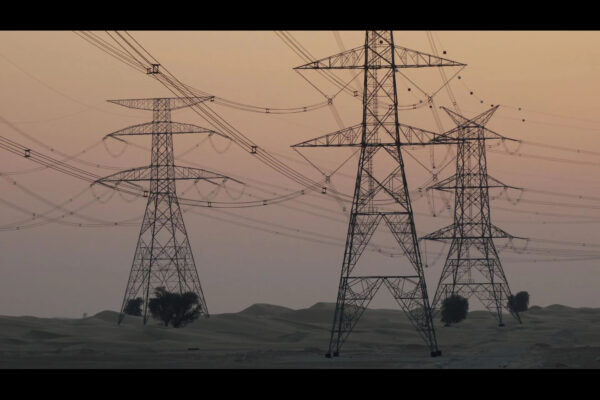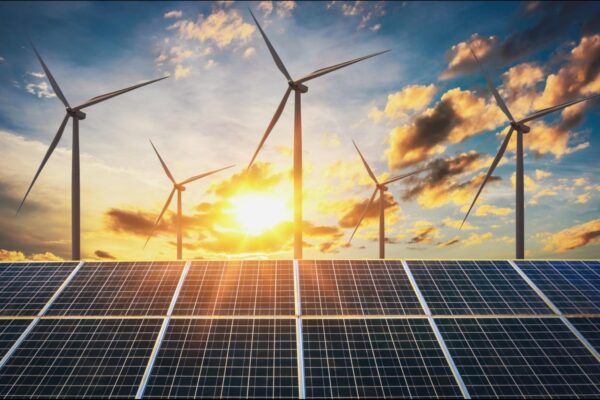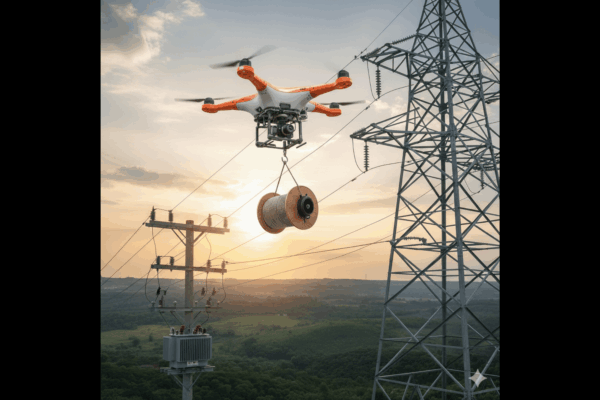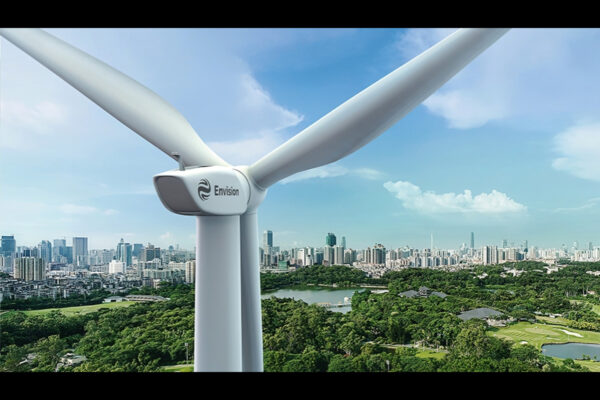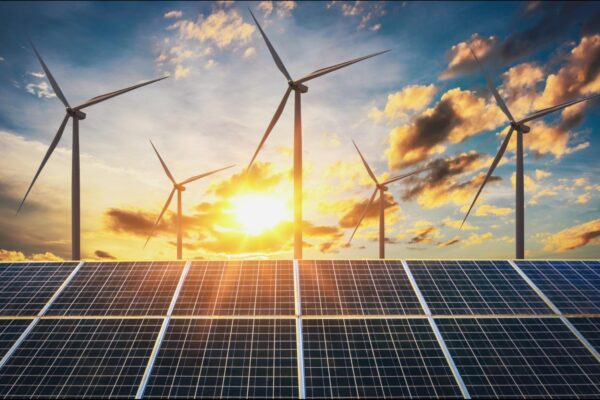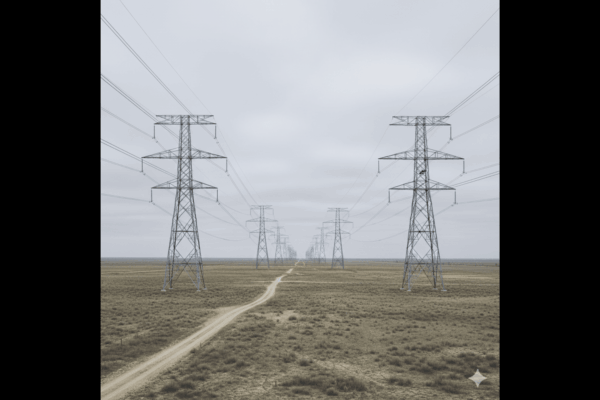Guarding India’s Green Grids: Cybersecurity as the New Renewable Challenge
by Dr. Faruk G. Patel, Chairman and Managing Director, KP Group
As India accelerates its transition toward renewable energy, the conversation has largely revolved around capacity, cost, and climate impact. But a new, invisible frontier of risk has quietly emerged — cybersecurity. The more digital our grids become, the more they need protection not only from physical faults but also from virtual threats.
The New Nerve System of Energy
In the past decade, India’s renewable energy landscape has evolved from isolated solar farms and wind parks into intelligent, interconnected ecosystems. Today, every solar inverter, SCADA system, and wind turbine is digitally monitored, often connected via cloud platforms for real-time analytics. This is what allows us to integrate variable energy sources into a stable national grid.
But this same connectivity makes our green grids a target. A single breach in a supervisory control network can disrupt power distribution across entire regions, affect industrial productivity, and compromise national security. Renewable energy infrastructure, once considered peripheral, has now become strategic critical infrastructure.
From power generation to data generation
The modern renewable plant doesn’t just generate electricity — it generates data. We operate hybrid solar-wind parks equipped with advanced monitoring systems that analyze everything from generation patterns to weather predictions. The resulting data is invaluable — it drives efficiency, predictive maintenance, and investor confidence.
Yet, that very data is a magnet for cyber-intrusions. Threat actors no longer seek to shut down plants; they often aim to manipulate readings, steal operational insights, or even alter market prices. Hence, data integrity has become as vital as energy reliability.
Cyber resilience: The next sustainability metric
For India’s green transition to remain resilient, cybersecurity must become an integral part of ESG and sustainability frameworks. Just as we measure carbon reduction, we must also measure cyber preparedness.
Our approach is rooted in prevention and preparedness. We ensure multi-layered firewalls, isolated control networks, and continuous vulnerability assessments. Our Network Operations Centre (NOC) operates round-the-clock — not only optimizing generation but also safeguarding every byte of operational data.
But cybersecurity cannot remain the responsibility of individual companies alone. It needs a sector-wide, policy-driven approach. Collaboration among renewable developers, DISCOMs, and government agencies is vital to create standardized response protocols and shared threat intelligence networks.
The human element in a digital grid
Technology alone cannot secure grids — trained humans can. The next generation of engineers must be equally fluent in kilowatts and code. This is where skilling programs, research partnerships, and cross-functional leadership become essential. As someone who has witnessed India’s renewable evolution from its early days, I believe cybersecurity awareness must be embedded in every stage — from plant design to commissioning and beyond.
Building trust in a connected future
Investors, policymakers, and citizens trust renewable energy because it promises stability, transparency, and sustainability. A cyber-secure grid reinforces that trust. It assures stakeholders that our digital transition is not only efficient but also safe.
As India strides toward its 500 GW renewable energy goal by 2030, the challenge is not just to build more capacity — it is to protect what we build. As we thrive to achieve a humongous target of 10+GW by 2030, the importance of secure grid, and a sustainable grid is important. Cybersecurity, in this sense, is not merely a technical requirement; it is a moral responsibility toward the nation’s energy independence.
The future of clean energy will not only be green — it must also be securely powered.
Tags
Related Posts

